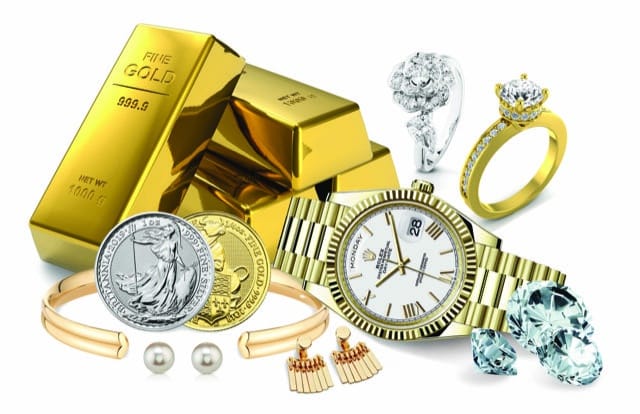Exploring the Dynamics Behind the Precious Metal’s Timeless Value in the Global Market
Gold is valued by people for millennia centuries, and its worth remains robust in today's economy. This shiny element is not just beautiful; it has many properties that render it distinct. Gold remains rare, durable, and does not tarnish or corrode, which signifies it endures a very extended period. These attributes have made the precious metal a favored option for ornaments, coins, and even as a form of currency. In contemporary times, the precious metal is regarded as a secure asset, particularly during financial instability. Market participants often rely on gold to safeguard their capital when the stock market is volatile.

One reason gold remains valuable lies in its function as a hedge against rising prices. Price inflation occurs when the prices of products and offerings rise over time. When inflation happens, currency loses its purchasing power, which may cause individuals concerned about their savings. Gold often retains its stability during these periods, meaning that it may assist in preserving purchasing power. This quality makes the precious metal an appealing choice for market participants seeking to safeguard their holdings against the effects of inflation. As a result, many people choose to buy this metal when they worry that their currency might lose value.
Another factor supporting gold's enduring worth comes from its requirement across various industries. Beyond ornaments and asset holdings, this element finds applications in technology and medicine. As an example, the metal is present in mobile devices and computers because of its excellent electrical efficiency. In the medical field, it is used in certain treatments and diagnostic tools. This industrial demand supports the valuation of the commodity steady and may potentially elevate it. As innovation progresses, the requirement for the precious metal in these areas may only More Help increase, reinforcing its value in the market.
The perception of the precious metal as a representation of affluence and success also contributes greatly in its enduring attraction. Societies around the globe have long linked this metal with abundance and influence. Individuals often give gold as gifts during important events like weddings or anniversaries to symbolize love and commitment. This cultural significance helps maintain a strong market for gold, as people continue to seek it out for individual purposes outside of financial motives. The sentimental bond individuals hold toward the metal guarantees that it will continue to be highly desired.
In conclusion, the worldwide scope of the precious metal market contributes to its enduring value. This asset has worldwide trade, indicating that its price is affected by developments occurring across nations. Geopolitical turmoil or shifts in regulatory measures can lead to variations in interest for the metal. Nonetheless, this international demand also signifies that there are numerous purchasers and traders ready to exchange it at any moment. As view it now markets expand or contract, the gold sector responds in kind but typically stays resilient due to its universal appeal and applications.
In conclusion, gold's enduring worth in the contemporary market is due to several key factors: its distinct qualities, capacity to hedge against inflation, industrial demand, cultural significance, and global market dynamics. So long as individuals acknowledge the importance of this precious metal for various purposes—whether for investment or personal use—the metal will most likely retain its status as a vital asset in today's economy.